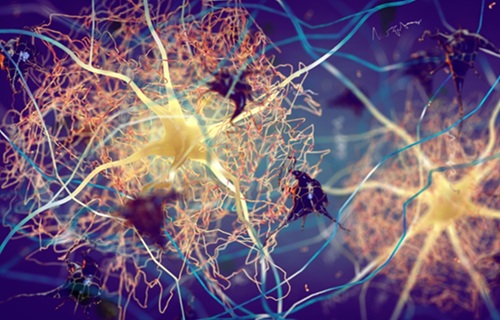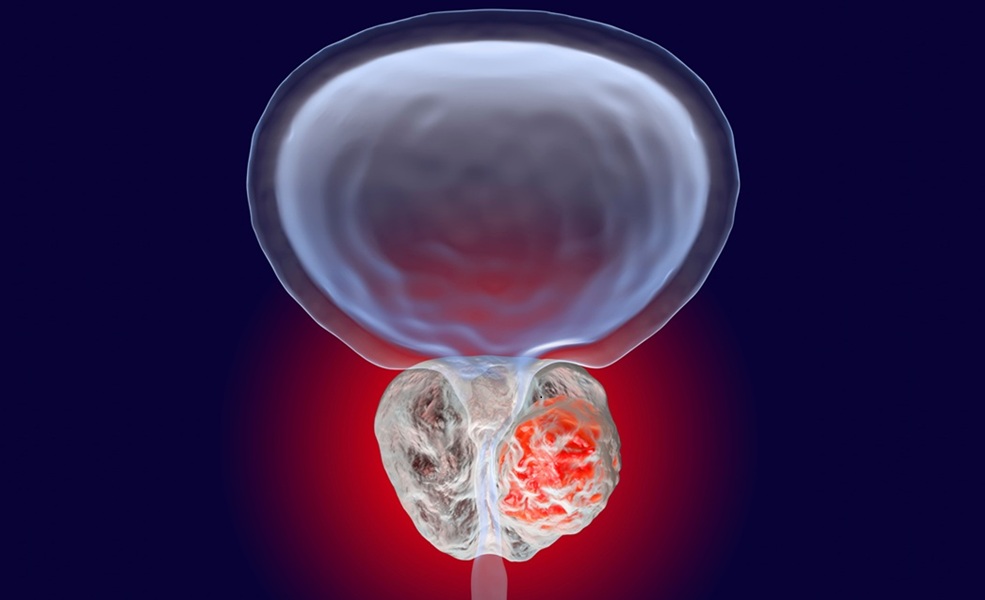Blood Test Could Detect Stroke Type Before Hospital Arrival
Posted on 31 Jan 2025
The longer the time between a stroke's onset and diagnosis, the greater the damage to brain tissue, which worsens the patient's prognosis. It's crucial to distinguish between a hemorrhagic (bleeding) stroke and an ischemic (clot-caused) stroke before initiating treatment, as this decision significantly affects the approach. Generally, this distinction is made using imaging techniques, which can be delayed as the patient is stabilized, transported to the emergency room, and then sent for a brain scan — all while brain cells continue to die. A new blood test may now allow for rapid differentiation between brain bleeds and clot-caused strokes, even before patients with stroke symptoms arrive at the emergency room, as indicated by a preliminary study presented at the American Stroke Association's International Stroke Conference in 2025.
Researchers at RKH Hospital Klinikum Ludwigsburg (Ludwigsburg, Germany) explored whether blood levels of glial fibrillary acidic protein (GFAP) could help quickly diagnose stroke types. GFAP is a protein specific to the brain, which is released into the bloodstream when brain cells are damaged or destroyed. This protein is already used to assess traumatic brain injuries. In a parallel study published in 2024, the research team demonstrated that GFAP levels could quickly distinguish between patients with a bleeding stroke and those who were unresponsive. The focus of this new study was to determine if GFAP levels could differentiate between hemorrhagic stroke (due to bleeding), ischemic stroke (caused by a blood clot), and conditions that mimic a stroke. Blood samples were collected by the emergency medical services ambulance team before the patients arrived at the hospital.

The analysis revealed that GFAP levels were nearly 7 times higher in patients with a bleeding stroke compared to those with a clot-caused stroke (208 picograms per milliliter, or pg/mL, vs. 30 pg/mL) and more than 4 times higher in bleeding stroke patients compared to those with stroke mimics (208 pg/mL vs. 48 pg/mL). The researchers were able to rule out a bleeding stroke in patients with moderate to severe neurological deficits if the GFAP levels were below 30 pg/mL. Additionally, when using age-based cut-off points, they achieved 90%-95% accuracy in predicting which patients had a bleeding stroke. These age-based groups were evenly distributed: under age 72, between 72 and 83, and above 83. Interestingly, the cutoff for those under age 72 was quite low. The researchers also found that GFAP levels were higher in bleeding stroke patients who were on blood thinners compared to those not using these medications. If these findings are confirmed through larger studies, early GFAP measurements could revolutionize the treatment of individuals with stroke symptoms.
“This study reveals that levels of GFAP, a marker for brain injury, are higher in patients with brain hemorrhages compared to those who have strokes caused by blood clots,” said American Heart Association expert volunteer Louise D. McCullough, M.D., P.H.D., FAHA. “This finding suggests that GFAP could serve as a useful prehospital test for assessing brain injuries. However, the study had a relatively small sample size, and for the test to be effective, both the patient's blood and the GFAP test must be available as a “point of care” test in the field. Currently, most ambulances and emergency medical services do not have access to this blood test.”
Related Links:
RKH Hospital Klinikum Ludwigsburg




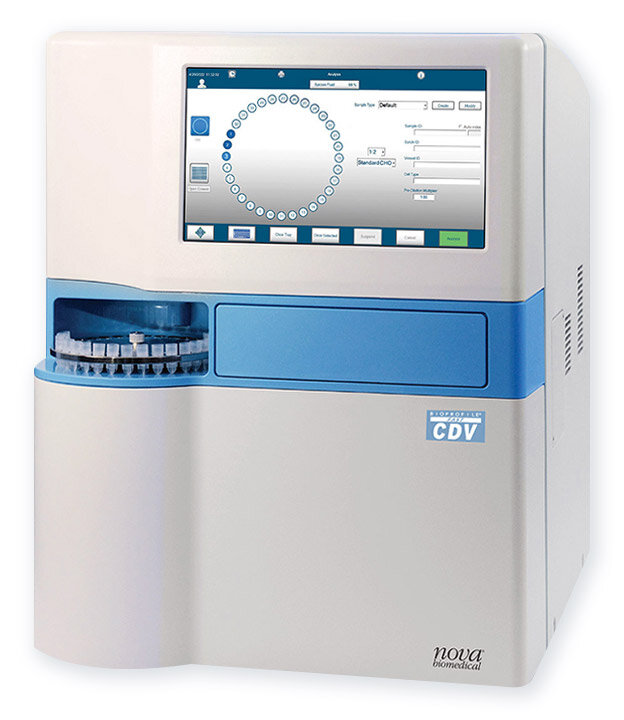

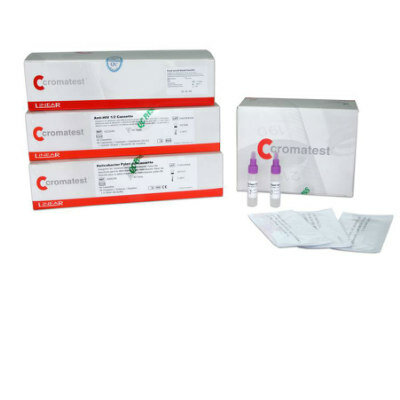

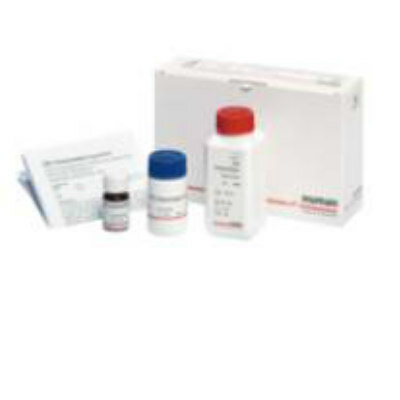

 ELISA.jpg)

